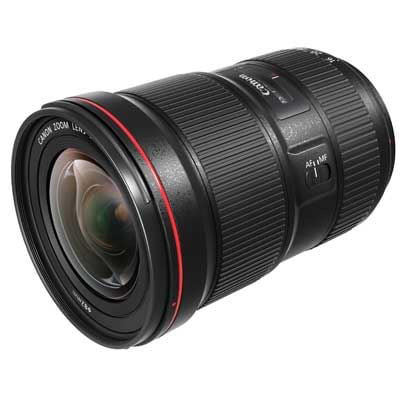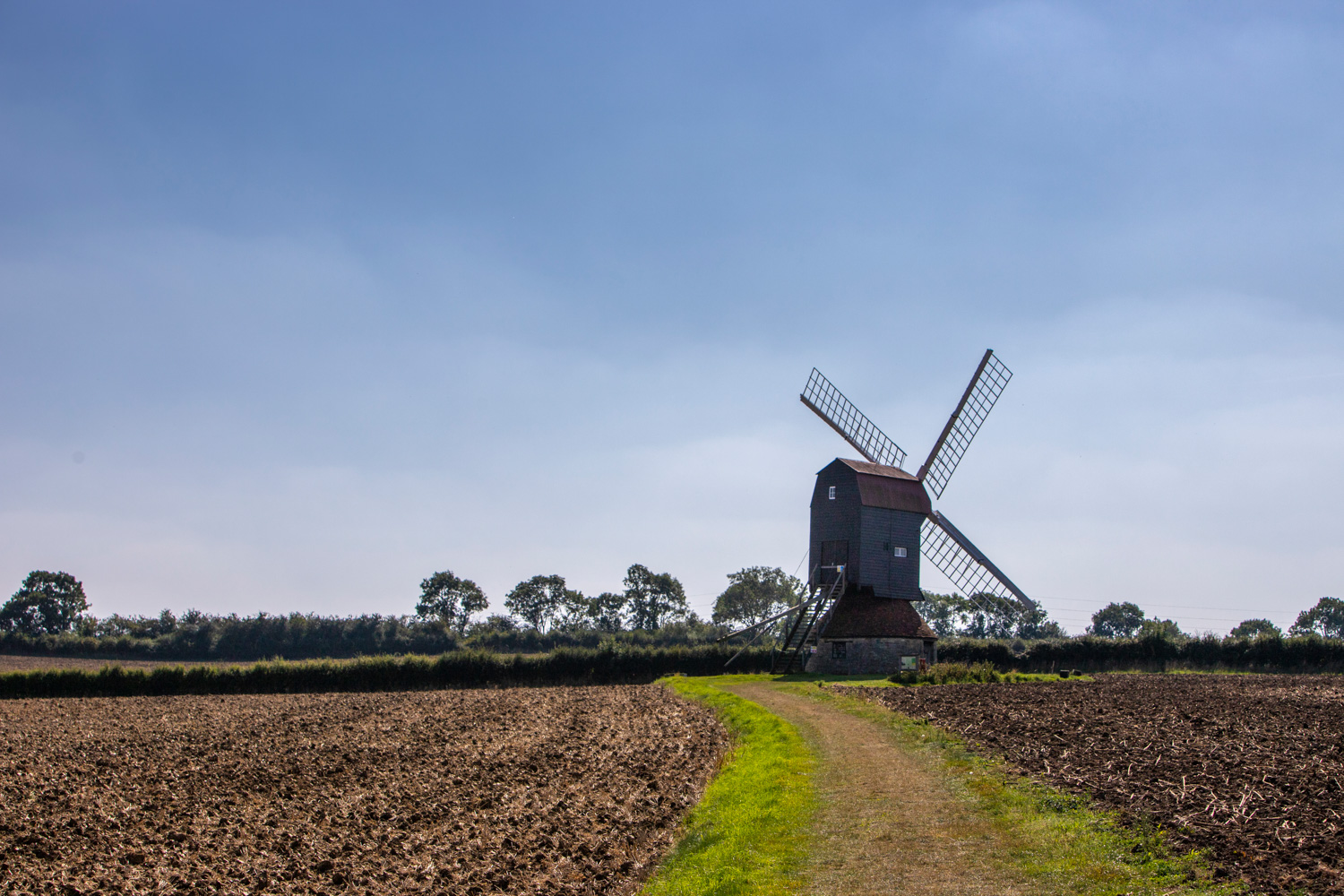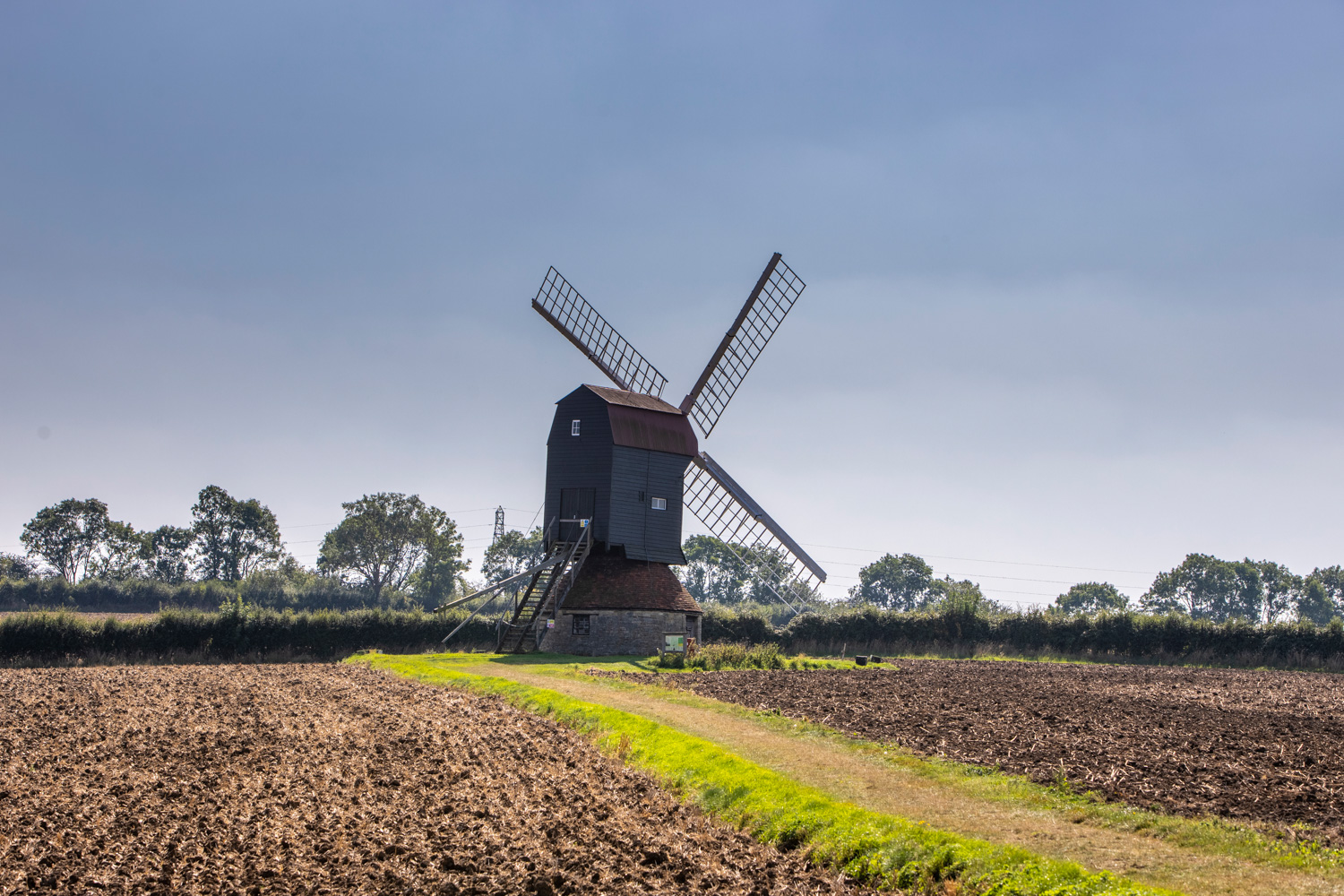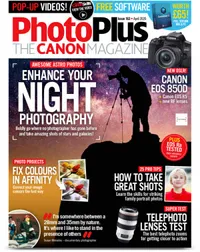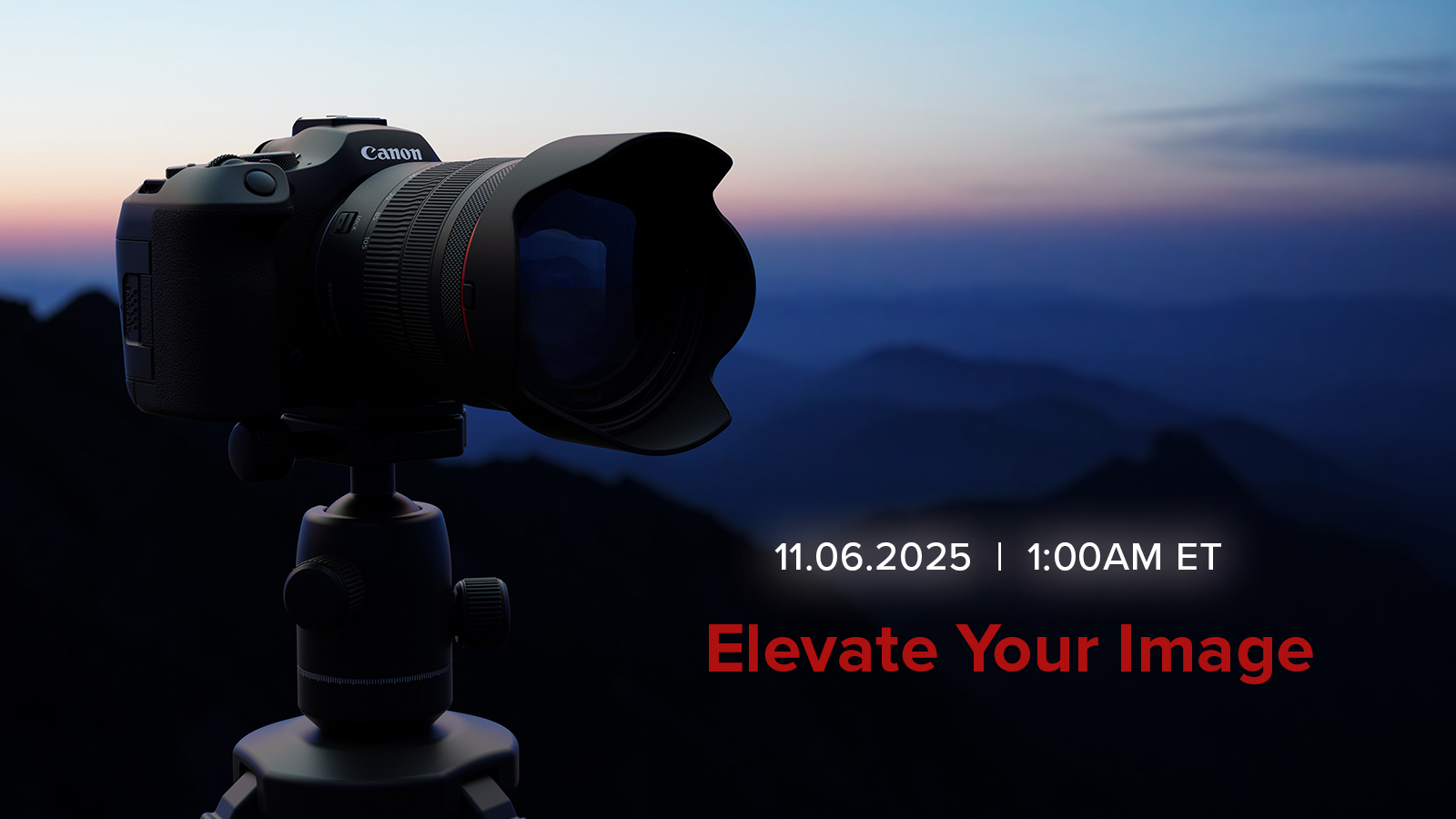Watch video: Lenses for landscapes
Having a good quality lens is arguably more important than a good camera body. This is especially the case when it comes to landscapes, as features like 4K video, high burst rates and in-body stabilization aren’t hugely essential – however, a super sharp and fast lens can be.
While landscapes are synonymous with wide-angle lenses, rules are made to be broken, and, indeed, standard focal lengths and even telephoto lenses can produce outstanding results. In fact, many working professionals favour telephoto lenses for landscapes over wide-angle optics, as with a wider field of view your focal point is more easily lost.
The focal length of your lens is easily explained: the lower the number, like 16mm, the wider the field of view. While the higher the number, like 200mm, the narrower the field of view and more telephoto the optic is.
Note when using full-frame lenses on APS-C camera bodies, that these have a crop factor (1.6x on Canon and 1.5x on Nikon, Sony or Pentax), so you need to multiply your focal length to get its equivalent focal length. A 16mm lens on an APS-C Canon EOS camera would become 26mm, and 100mm would become 160mm and so on due to the 1.6x crop factor making it appear more zoomed in.
In this project, we run through how different focal lengths affect the scene in front of you and the lenses you should consider adding to your kit bag to have every focal length covered.
01 Ultra wide-angle: 16mm and wider
Super wide and fisheye lenses will capture big scenes, making it possible to include foreground, midground and background. But you need to get closer, and they’re often prone to barrel distortion at the frame edges.
The best camera deals, reviews, product advice, and unmissable photography news, direct to your inbox!
02 Standard wide-angle: 24-35mm
Zooming in to around 24 or 35mm, we still have a wide angle of view, wider than 50mm (equivalent to what the human eye can see), although we lose much of the barrel distortion seen at super-wide focal lengths, such as 16mm.
A typical wide-angle zoom lens for full-frame cameras will go from super-wide 16mm, to 35mm where it's still a wide-angle perspective but has less barrel distortion.
03 'Standard' focal length: 50mm
50mm is often called ‘standard’, as it has a similar angle of view as the human eye, meaning images look more natural. Anything below 50mm is considered wide angle and anything above is more zoomed in and called telephoto. 50mm prime lenses are fantastic as they can often be very budget-friendly and also have super wide apertures, useful if you'd like to experiment with shallow depth-of-field effects.
04 Short telephoto: 70-200mm
Telephoto lenses help you zoom into the frame and bring distant objects into close view, so it’s easy to fill your composition with them. Camera-shake is more easily introduced here, so image stabilization or a tripod is a good idea and a tripod mounting foot on larger lenses will help you balance your camera gear more effectively on a tripod or monopod.
05 Super telephoto: 300mm and above
A 300mm lens or even more zoomed in lens like a 600mm will give you a great amount of magnification, ideal for shooting far away subjects such as wildlife or the moon. These long lenses can also be useful for landscapes as they compress the perspective and the more zoomed-in composition may help you cut out other distractions around the scene.
PhotoPlus: The Canon Magazine is the world's only monthly newsstand title that's 100% devoted to Canon, so you can be sure the magazine is completely relevant to your system.
Read more:
Landscape photography tips
Best cameras for landscape photography
Best lenses for landscape photography
Best wide-angle lenses
How to shoot landscapes with a telephoto lens

In addition to being a freelance photographer and filmmaker, Dan is a bona fide expert on all things Canon and Adobe. Not only is he an Adobe-certified Photoshop guru, he's spent over 10 years writing for specialist magazines including stints as the Deputy Editor for PhotoPlus: The Canon Magazine, Technical Editor for Practical Photography and Photoshop Editor on Digital Photo.


